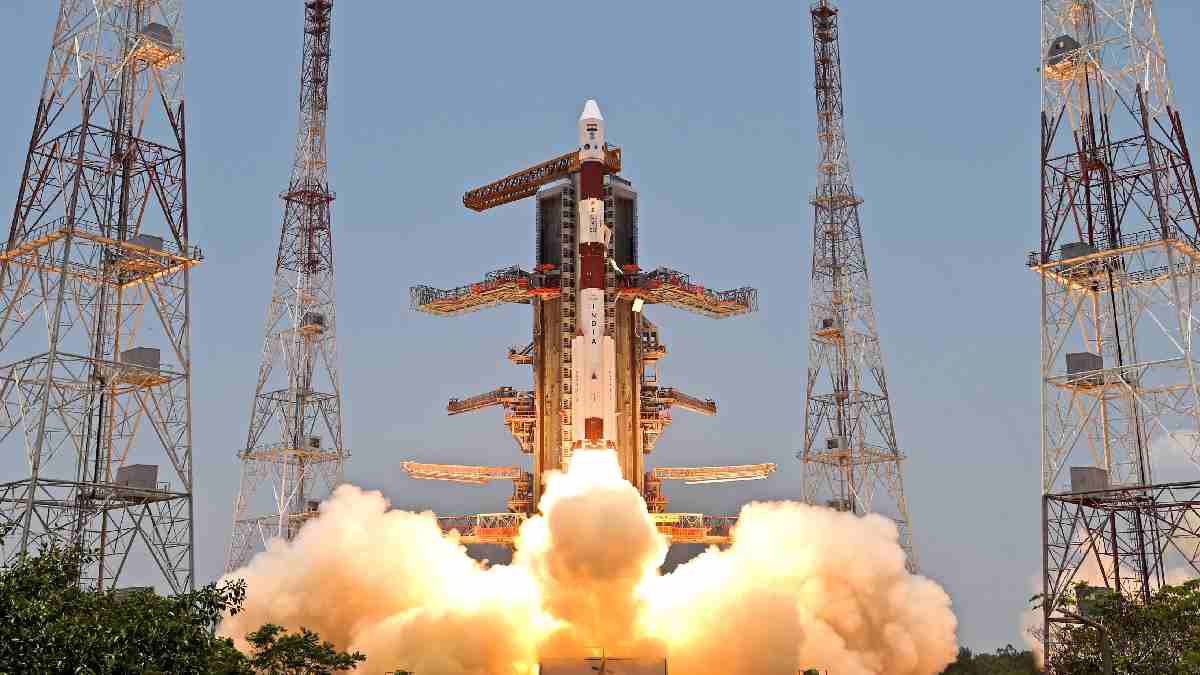New Delhi: India’s first solar mission Aditya L1 successfully its fourth pass to Earth in the early hours of Thursday, announced the Indian Space Research Organization (ISRO).
“The fourth Earth-bound maneuver (EBN#4) was successfully completed. ISRO ground stations at Mauritius, Bangalore, SDSC-SHAR and Port Blair monitored the satellite during this operation, while a transportable terminal currently located in the Fiji Islands for Aditya-L1 will support post-burn operations,” the space agency wrote on X.
As told by the Indian space agency, the newly achieved orbit is 256 km x 121973 km. Trans-Lagragean Point 1 Insertion (TL1I) is the next maneuver, which the Indian spacecraft is scheduled for around 2 a.m. on September 19, ISRO said.
Aditya-L1 Mission:
The fourth Earth-bound maneuvre (EBN#4) is performed successfully.---Advertisement---ISRO’s ground stations at Mauritius, Bengaluru, SDSC-SHAR and Port Blair tracked the satellite during this operation, while a transportable terminal currently stationed in the Fiji islands for… pic.twitter.com/cPfsF5GIk5
— ISRO (@isro) September 14, 2023
Aditya L1 Journey Started
It should be noted that the Aditya L1 started its journey on September 2, within a week of successful landing of India’s lunar mission, Chandrayaan-3. However, the Aditya L1 has set its destination to Sun-Earth Lagrange point 1 (L1). To achieve the speed needed to reach its destination, the Indian spacecraft will have to perform a total of five orbiting maneuvers.
Also Read: I.N.D.I.A. Media Committee’s Controversial Boycott Draws Ire, Here’s Why
The first, second and third land exercises were successfully carried out on September 3, 5 and 10, respectively. Aditya-L1 is India’s first space mission designed to study the Sun from halo orbit around the first Sun-Earth Lagrangian point (L1), located about 1.5 million km from Earth.
The spacecraft will orbit at a distance of about 1.5 million kilometers from Earth, maintaining a halo orbit around the L1 Lagrange point between Earth and the Sun.
The Lagrangian point L1 represents a gravitationally stable position in which the gravitational forces of the Sun and Earth counterbalance each other. This position allows Aditya L1 to remain in a fixed position relative to the Sun, thereby facilitating continuous observation of the solar atmosphere without any occultation or eclipse.
The mission is expected to provide valuable information on the physics of the solar atmosphere, solar magnetic storms and their effects on Earth.













